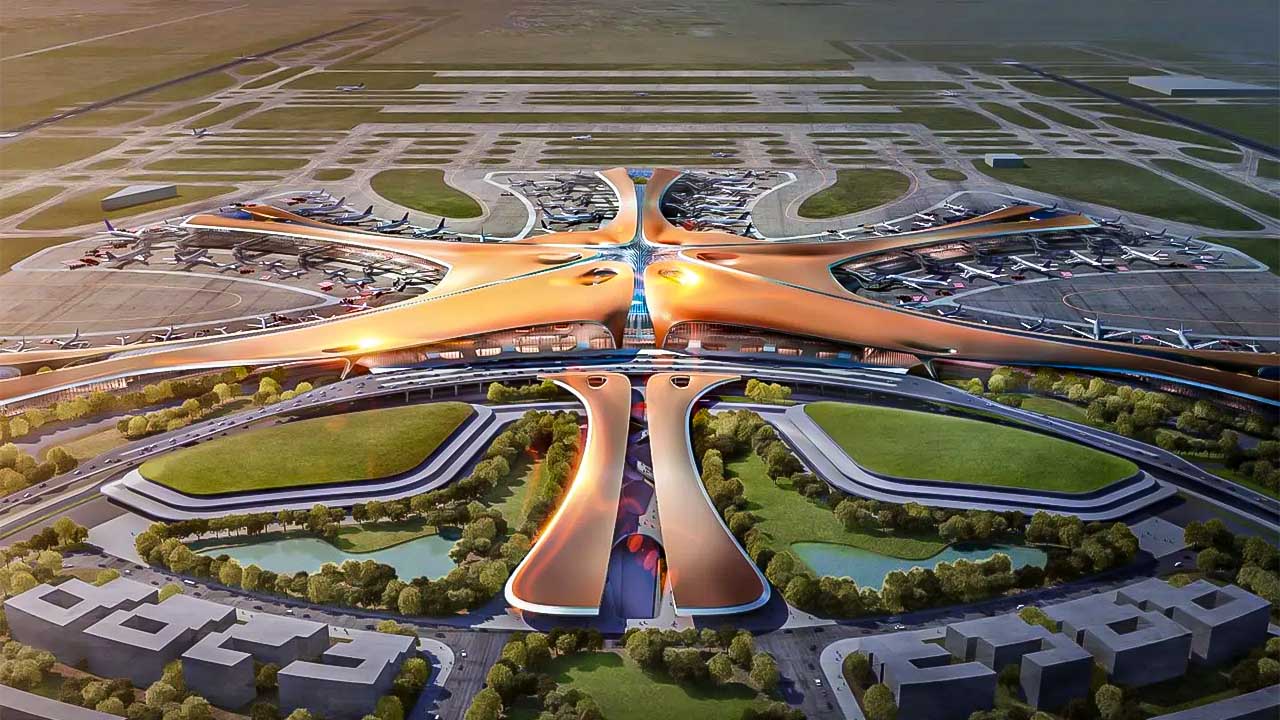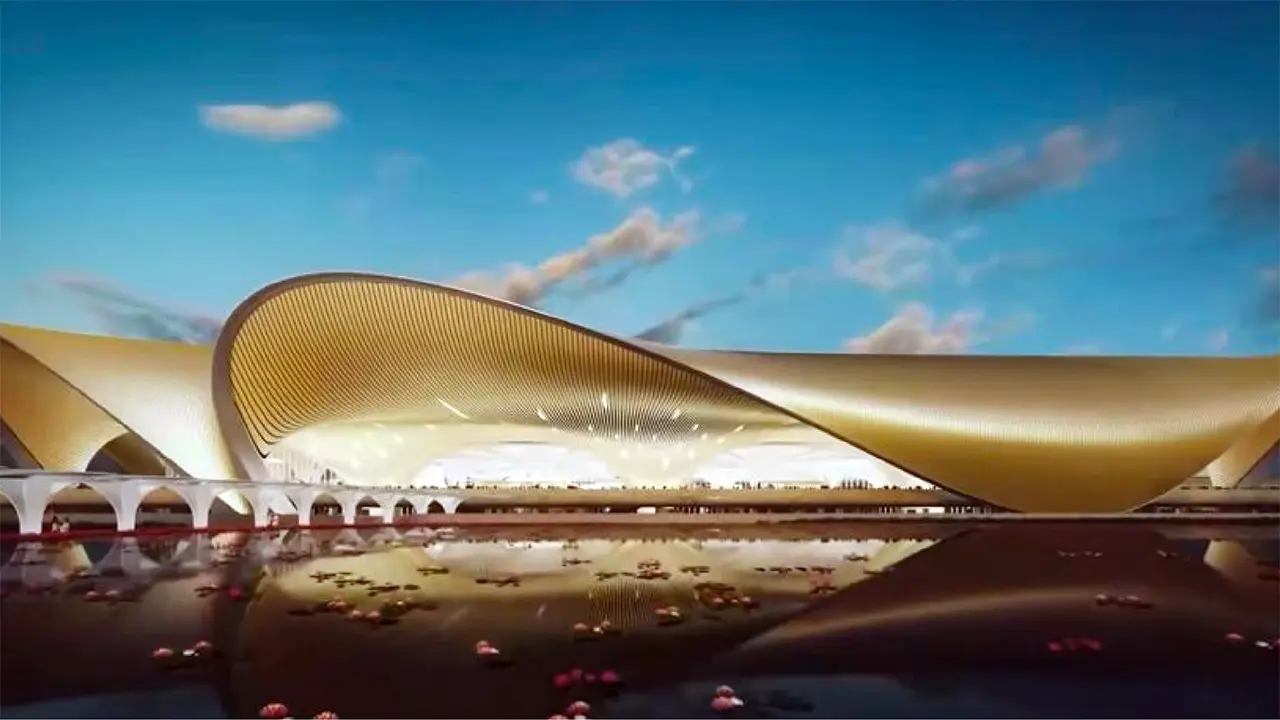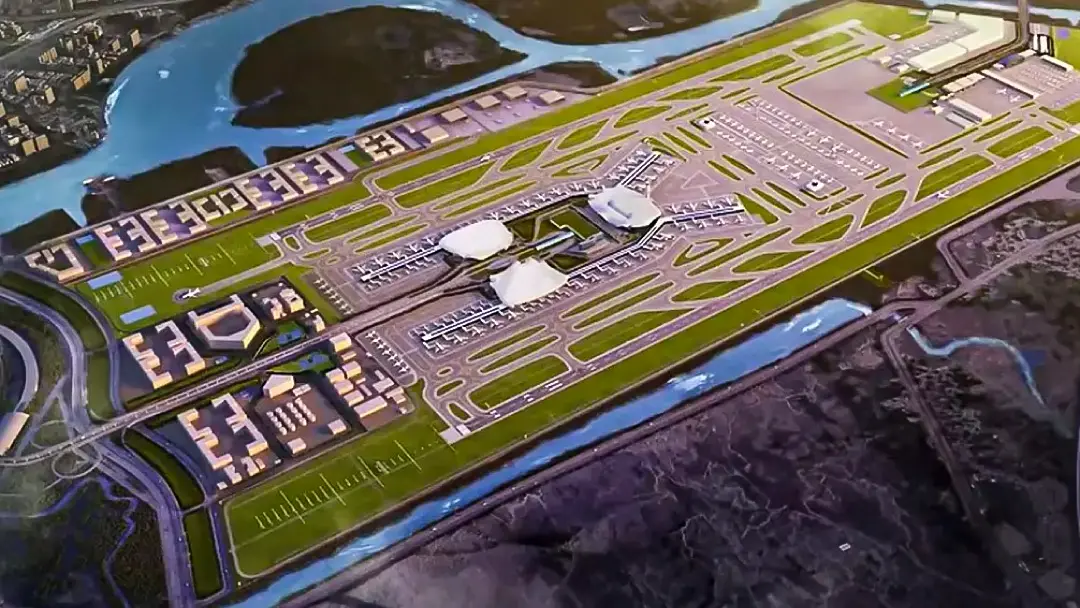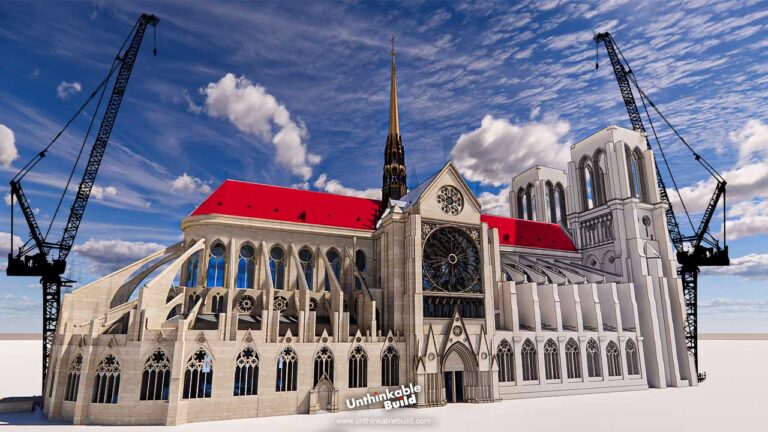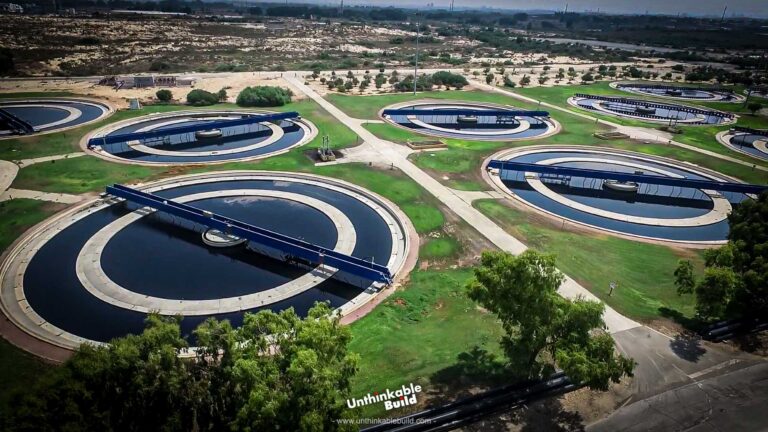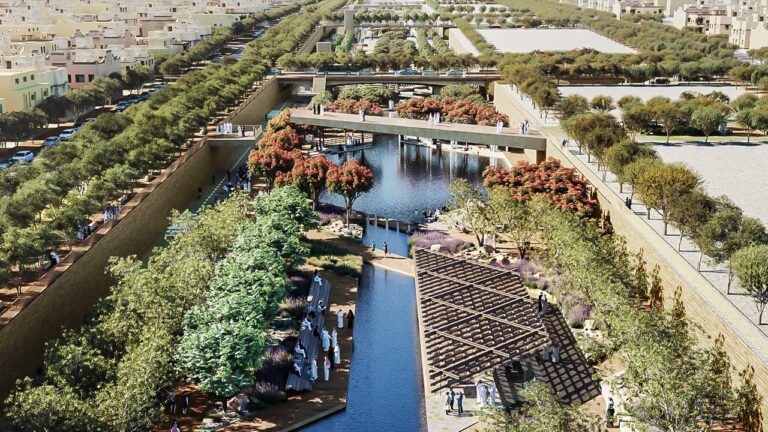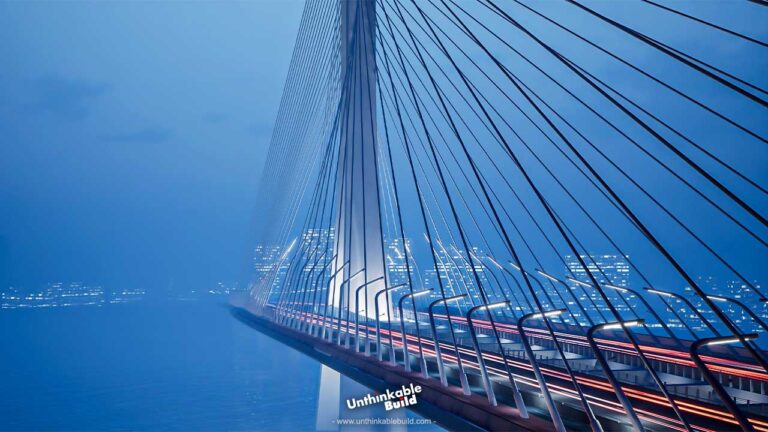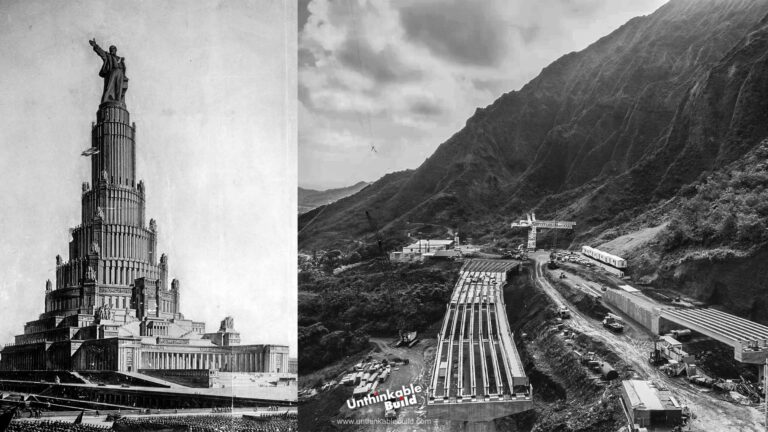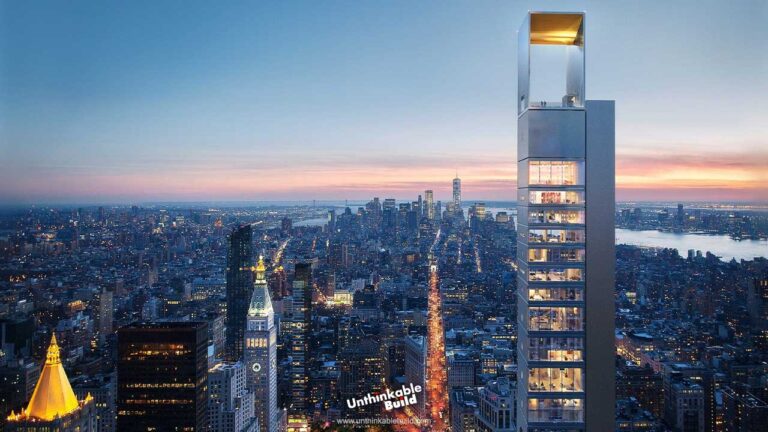Navi Mumbai Airport: A Game-Changer for India
India stands on the edge of historic transformation. With a population surpassing 1.4 billion, an expanding middle class, and a GDP projected to climb to the world’s second-largest by 2075, the country is stepping into a new economic era. According to Goldman Sachs, India’s long-term trajectory will reshape the global order. Martin Wolf of the Financial Times adds another dimension by 2050, India’s purchasing power could exceed that of the United States by nearly 30 percent.
But behind this optimistic forecast lies a complex reality. India still wrestles with uneven development, bottlenecks in infrastructure, and a business climate that needs consistent reform. One of the country’s greatest challenges and opportunities lies in modernizing its air travel infrastructure, where passenger demand has outpaced supply in major metro hubs.
And no city illustrates this better than Mumbai.
Mumbai: A Megacity Under Pressure
Mumbai isn’t just India’s financial capital. It drives over 40% of Maharashtra’s total revenue and contributes around $310 billion to the national economy annually. The city hosts a dense network of high-tech industries, from fintech and e-commerce to global call centers and software firms. It also remains the top destination for foreign direct investment in India and houses the highest number of international corporate offices in Asia.
Its airport Chhatrapati Shivaji Maharaj International Airport (CSMIA) has long struggled to keep up. With a single-runway configuration, CSMIA operates beyond capacity, handling over 48 million passengers in 2019 alone. The airport experiences constant delays, frequent cancellations, and rising fares, not because demand is low but because infrastructure is overstretched. Travelers especially business professionals face uncertainty that chips away at confidence and productivity. These operational bottlenecks carry serious implications for Mumbai’s economy and tourism.
The city needed a second airport. But building one in a densely populated, geographically complex region like Mumbai was never going to be simple.
A Dream Nearly Three Decades in the Making
The idea for a second Mumbai airport first took shape in 1997. Yet, for more than two decades, progress stalled due to regulatory roadblocks, environmental clearances, land acquisition disputes, and challenges in resettlement. The turning point came in 2021 when the Adani Group officially took over the project and broke ground on full-scale construction.
This new aviation hub officially named D. B. Patil Navi Mumbai International Airport (NMIA) is located in Navi Mumbai’s Ulwe region, in Raigad district, east of the Mumbai mainland. Once complete, it will rank as India’s second-largest airport after Delhi’s IGI Airport, with the capacity to handle over 90 million passengers and 2.5 million metric tons of cargo every year.
Having visited the site personally, I saw the kind of scale and grit this project demands and it left a deep impression.
From Hills to Runways: Engineering the Impossible
The NMIA project spans nearly 7,000 acres, most of it formerly hilly or marshy terrain. One of the greatest engineering challenges was the Ulwe River, which originally flowed through the airport site. Building a runway over an active river channel posed immense flood risks, especially during the monsoon. After years of study, experts from the Central Water and Power Research Station proposed a diversion plan.
The result? A 3.2-kilometer-long concrete channel now redirects the Ulwe River into the Moha Creek, clearing the land for airport development. Simultaneously, workers leveled Ulwe Hill, removing over 9 million cubic meters of earth. These tasks alone took years, requiring relentless coordination across hydrology, geotechnical engineering, and environmental compliance.
The Ministry of Environment granted key approvals in 2017, and by 2022, the entire 2,866 acres of project-designated land was transferred to Adani Group after the successful relocation of over 3,000 structures and resolution of long-standing community protests.
What makes this airport extraordinary is not just the technology, but the resilience it represents.
Three Phases, One Vision
Navi Mumbai International Airport will be built in three phases, each expanding its capacity and capabilities.
- Phase 1 (2021–2024): Two runways, each 3,700 meters long and 60 meters wide, will handle up to 25 million passengers annually. This phase will also include the construction of three interconnected terminal buildings, a full cargo handling facility, and public transit integration.
- Phase 2 (2025–2029): Passenger capacity will be expanded to 45 million, with additional parking bays, auxiliary infrastructure, and a second terminal building.
- Phase 3 (2030–2032): Full expansion to accommodate 90+ million passengers per year and 2.5 million tons of cargo, transforming NMIA into a global aviation hub.
The terminals, designed by Zaha Hadid Architects, reflect the shape of India’s national flower, the lotus. The interiors will feature wide walkways, food courts, art installations, and quiet zones to improve the passenger experience. All three terminals are connected, making transfers smooth for international and domestic travelers.
Seamless Connectivity and Integrated Transit
What sets NMIA apart is its multi-modal integration.
Passengers will be able to connect easily to:
- Mumbai Metro Line 8, which links NMIA to CSMIA
- Navi Mumbai Metro Line 1, under construction to connect to key nodes like Belapur and Kharghar
- Mumbai-Hyderabad High-Speed Rail Corridor, a proposed 711-kilometer line that will turn Mumbai into a high-speed rail gateway
- Mumbai Trans-Harbor Link, a six-lane, 21.8-kilometer bridge that connects Navi Mumbai to Sewri in South Mumbai
By air, rail, road, and metro, the airport will serve as a true intermodal hub, boosting business, reducing travel time, and relieving traffic pressure from congested Mumbai streets.
Built for the Future: A Green and Smart Airport
Sustainability is deeply embedded in NMIA’s blueprint. The airport will house a massive solar power farm that will meet a significant share of its energy needs. Efficient water recycling, green building materials, and rainwater harvesting will further reduce its environmental footprint.
Adani Group has confirmed that the airport will follow IGBC Green Airport standards and aims to become one of the most environmentally friendly airports in Asia.
Timeline, Budget, and Current Status
The Indian Ministry of Civil Aviation has reiterated its commitment to completing Phase 1 of the project by December 2024, with full operations targeted by March 31, 2025. The project cost is estimated at $2.1 billion, a figure that includes land development, construction, terminal infrastructure, and logistics systems.
As of July 2025, runway construction is 90% complete, and terminal building work has entered its final phase. Air Traffic Control systems and baggage handling equipment are being installed. The airport is on track to open for domestic flights in Q2 2025, with international services expected to begin later the same year.
Why It Matters
Navi Mumbai International Airport is more than a construction project. It’s a lifeline for one of the world’s most congested aviation corridors. It’s a symbol of India’s resilience, ambition, and readiness to meet the future on its own terms. For investors, travelers, and citizens alike, this project signals a pivotal shift a country no longer limited by the past, but building toward global leadership through smart infrastructure.
And standing on the edge of the site, with the roar of machines and the rising structure before me, I didn’t just see an airport. I saw India taking flight.

